жЧ•жЫЬжЧ•, 2жЬИ 6th, 2011...12:14 PM
Sankei-en
Reading time: About 3 minutes
Sankei-enSakei-en is a garden that has been declared a National Place of Scenic Beauty in Yokohama. It takes approximately 30 minutes to get to the place from the center of the city. Hara Tomitaro (Sankei is his pseudonym), a businessman in Yokohama, had collected a number of precious buildings from all over Japan and relocated them in Yokohama to make this marvelous Japanese garden.
You will find this great pond when you pass through the front gate.
LetвАЩs take a walk on the east side of the pond. The building called Kakushokaku was constructed by Sankei in 1902 and became the foothold toward constructing the whole garden. A number of notable Japanese politicians or writers have had meetings or conferences in Kakushokaku. Artists such as Yokoyama Taikan or Shimomura Kanzan also stayed here to create their work. Kakushokan is now open for everyone to hold a wedding celebration, concert, or exhibition.
Mikado is the gate that you will see when you enter the inner garden. This used to be the gate called Yakui-mon in the temple Seiho-ji in Higashiyama of Kyoto, and was relocated here. It was originally built in 1708.
17 Japanese-style architectures are placed in this area of 17.5ha.
The former Tenzuiji Juto Oido was constructed by Toyotomi Hideyoshi to cover her motherвАЩs Juto (вАЬtombвАЭ erected to celebrate oneвАЩs long life; built while the person is still alive). It was built in 1591, and is one of the few constructions that are confirmed having been built by Hideyoshi.
The former Tomyo-ji Sanjuto is a three-storied pagoda built in 1457. It is the oldest pagoda in the Kanto region.
The former residence of the Yanohara Family was relocated from Shirakawa-go in Gifu Prefecture. Note that the house has a very steep thatched rafter roof, which is a traditional style of Japanese architecture.
The reroofing takes place once in every 30 to 40 years.
The inside of the residence is also open to public. It is very much recommended to visit here.
You can warm yourself around the hearth with fire in it. This Japanese-style sunken hearth is called Irori. Irori occupies a small square on the floor in a Japanese traditional house. It is filled with ash to bring charcoal or wood fire and is used for the purpose of indoor heating and cooking.
Get up to the second floor by climbing these steep stairs.
This is how the inner part of a thatched roof looks like.
The ume (Japanese apricot) flowers in the garden have bloomed or are on their way to blooming.
The narcissuses are at their best in full glory now.
A bonsai (dwarf-tree) exhibition is also being held. A hundred of bonsais including pine, ume, and maple trees are displayed. Enjoy the small natural world of bonsai on flowerpots!
вЦ†Sankei-en
Hours : 9:00-17:00
Holidays :
Fee : Adults 500 yen; Children 200 yen
Access :
1. Negishi Station~ Bus Stop 1 [Municipal Bus 58гГї99гГї101]
Get off at вАЬHonmokuвАЭ after a 10 minute ride. Then take another 7 minute walk.
2. East Exit of Yokohama Station~ Bus Stop 2 [Municipal Bus 8гГї148]
Get off at вАЬHonmoku Sankei-en MaeвАЭ after a 35 minute ride. Then take another 5 minute walk.
Address : Yokohama-shi, Naka-ku, Honmoku Sannotani 58-1
Website : https://www.sankeien.or.jp
вЦ†Related Post
*Yokohama Minato Mirai 21 Walking Guide
*Yokohama Red Brick Warehouse October Fest 2010
*Yokohama Night View
*Walking around Yokohama вАУ Yamate









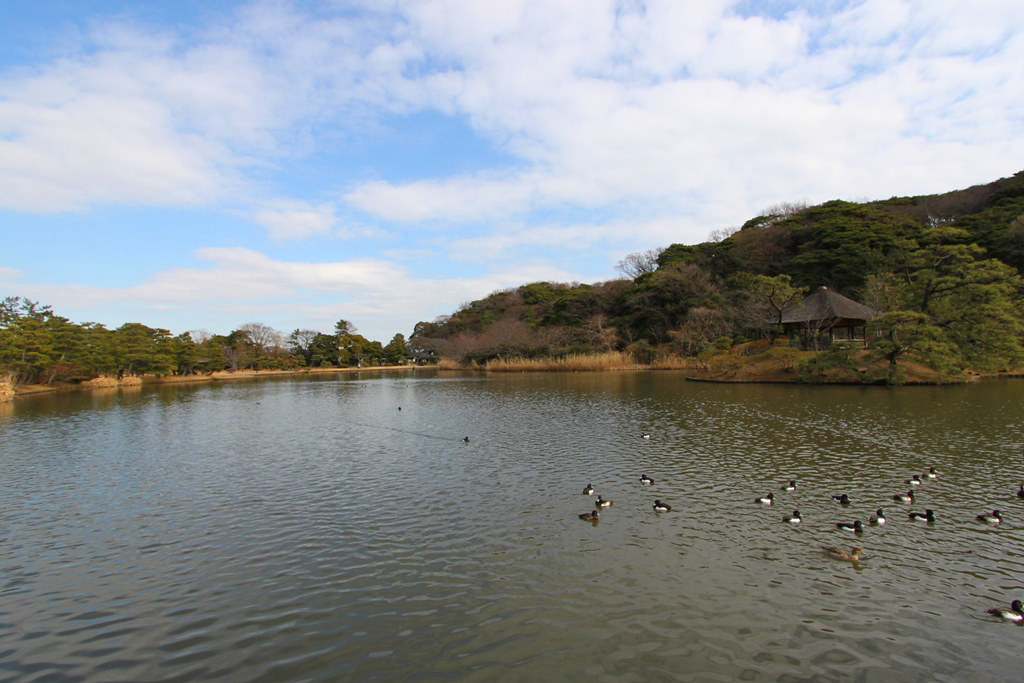

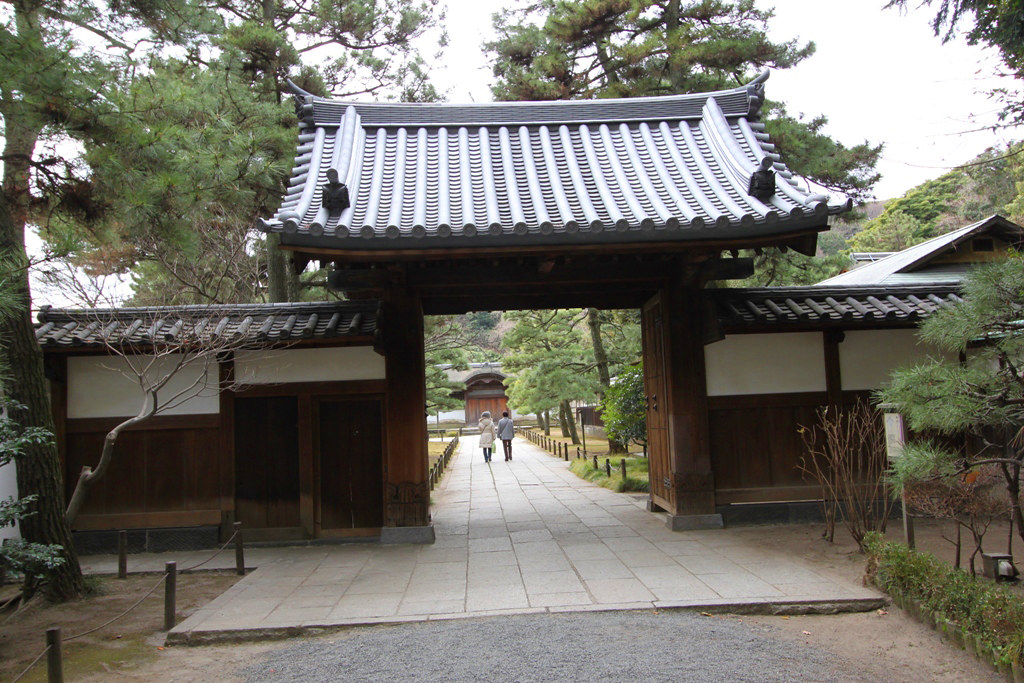
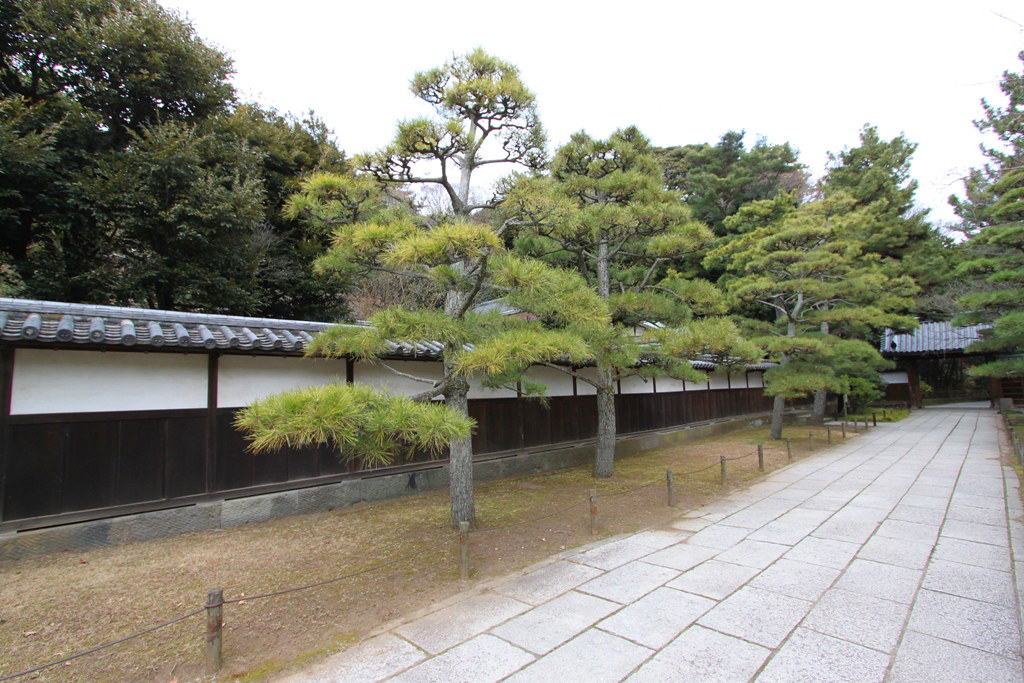
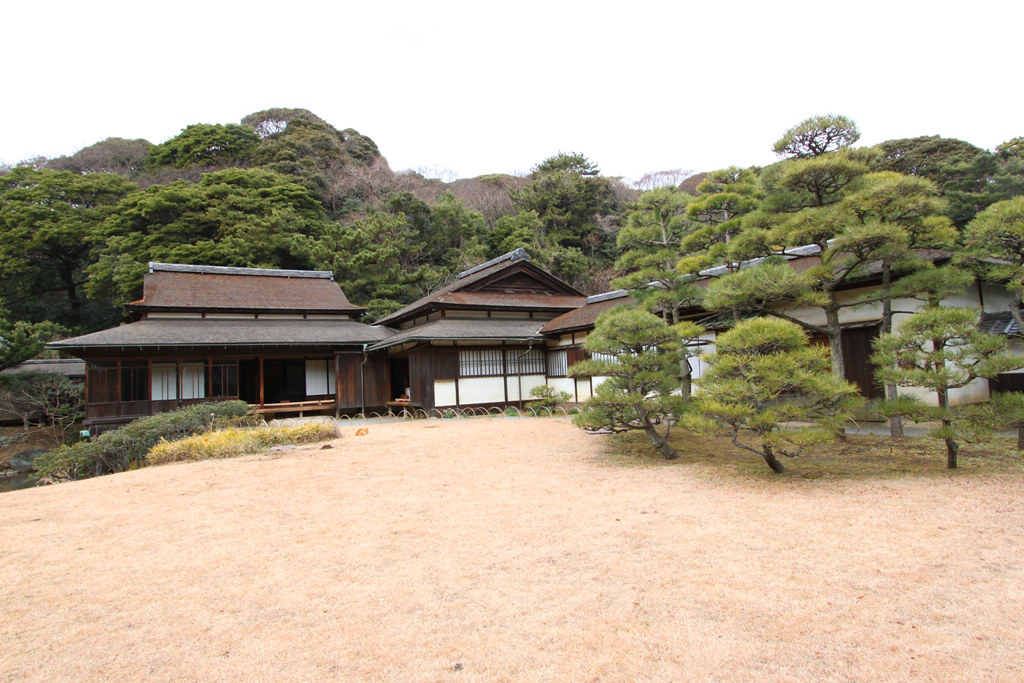

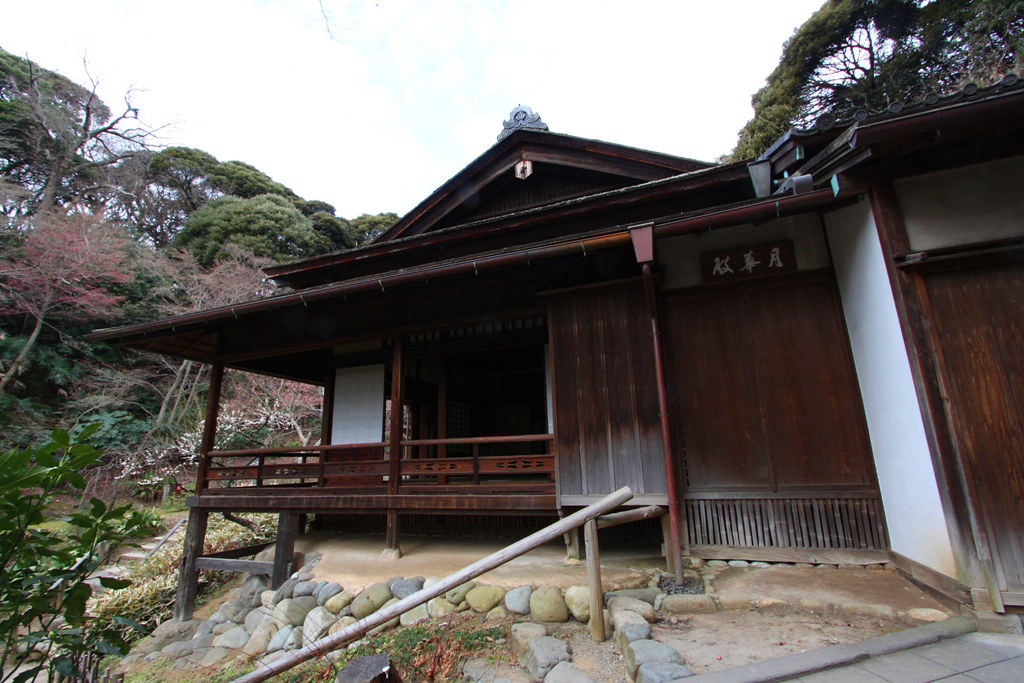

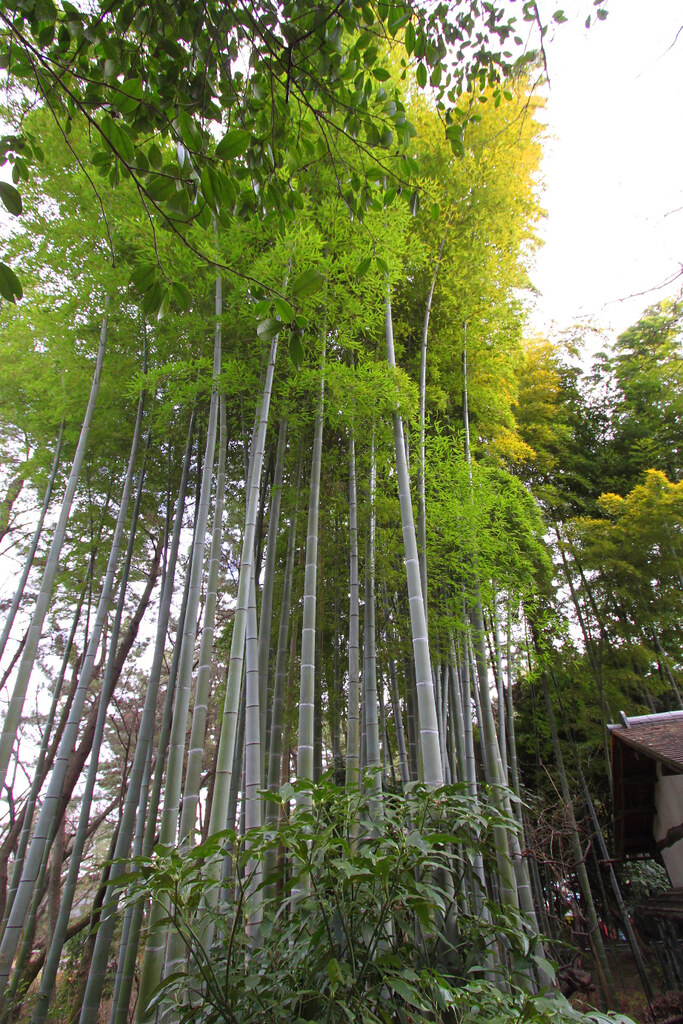
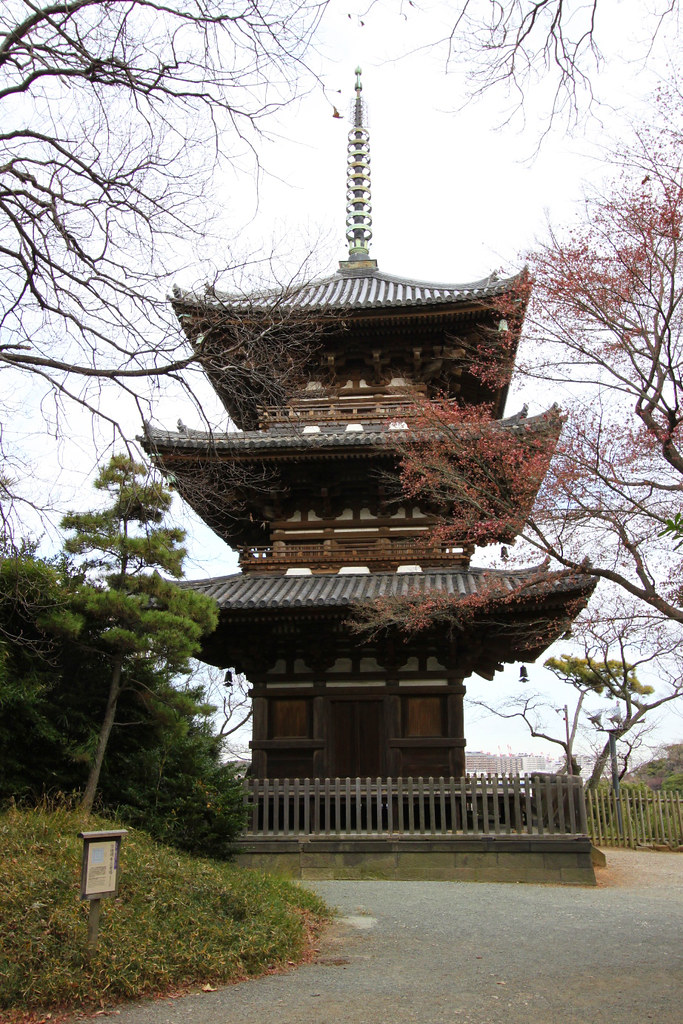
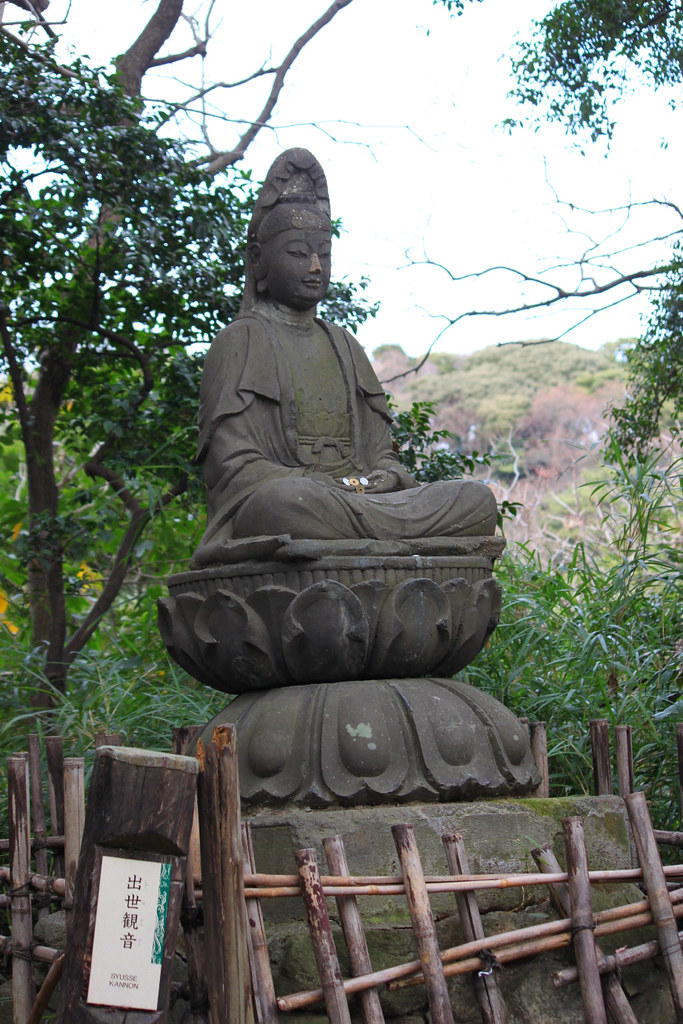
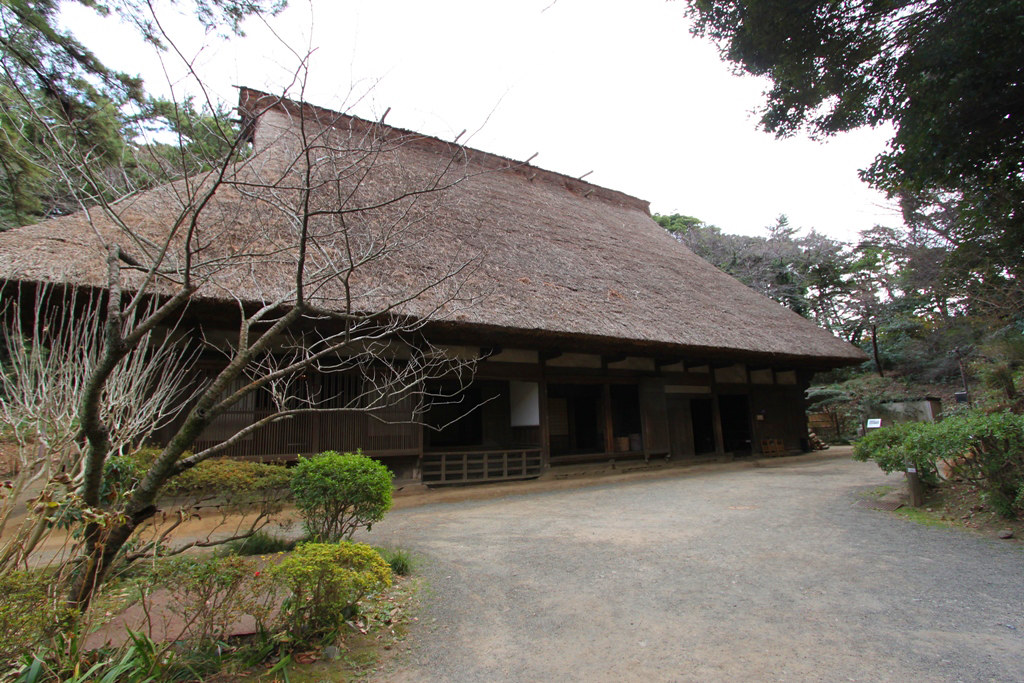
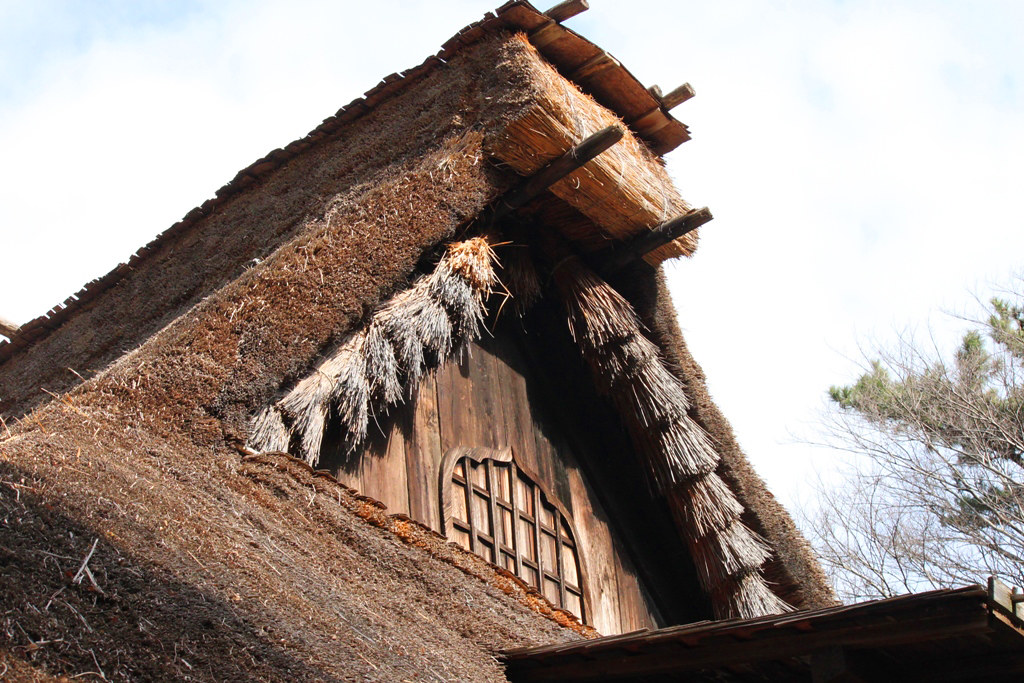
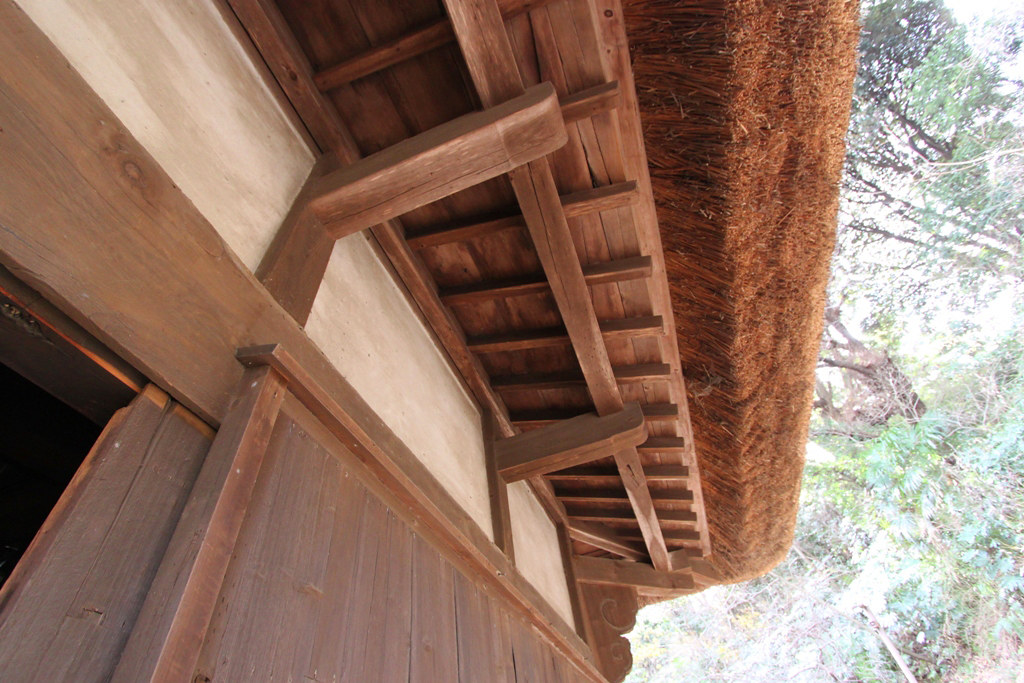
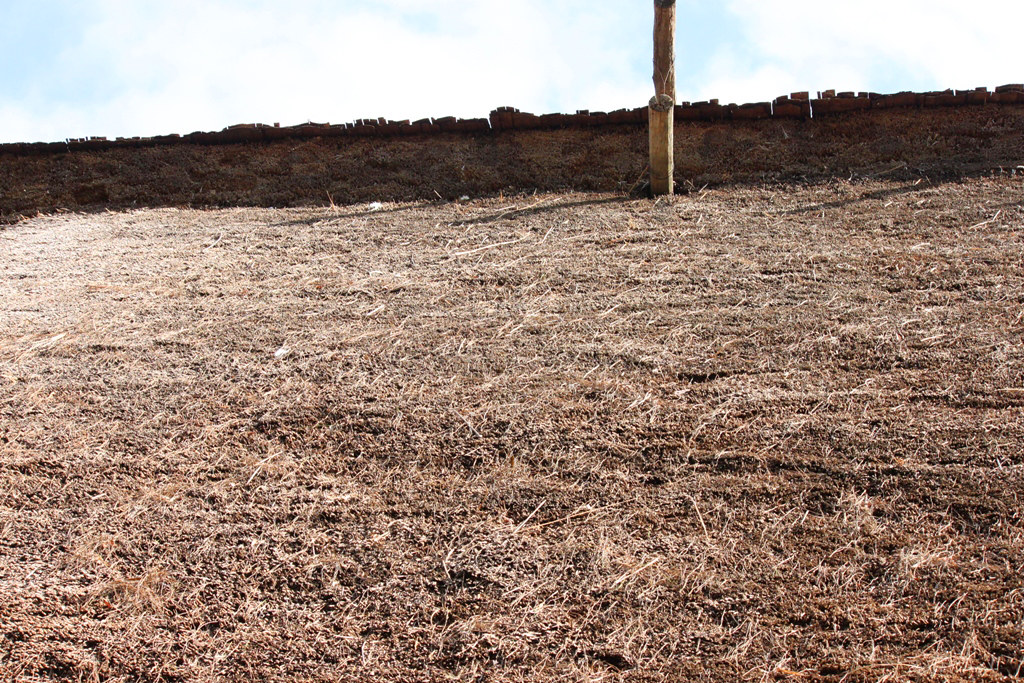
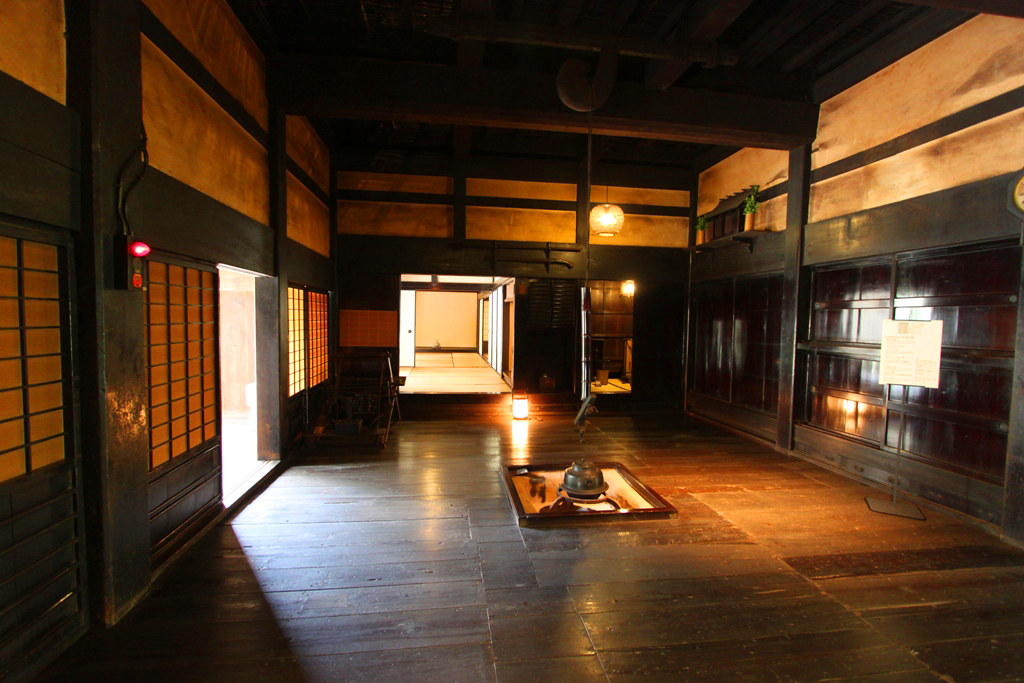

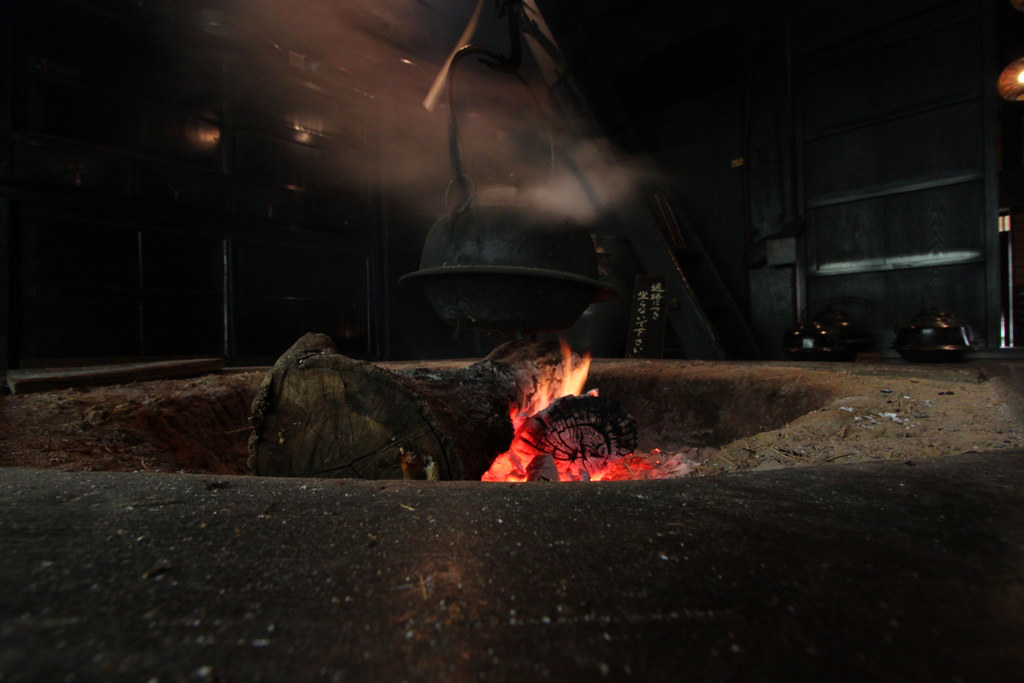
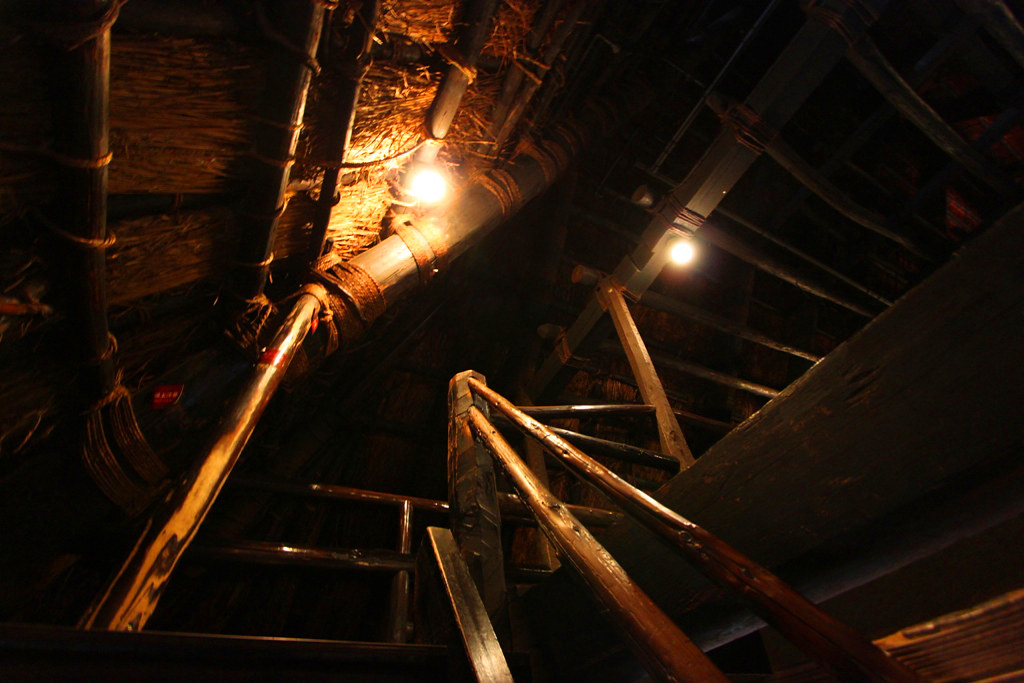
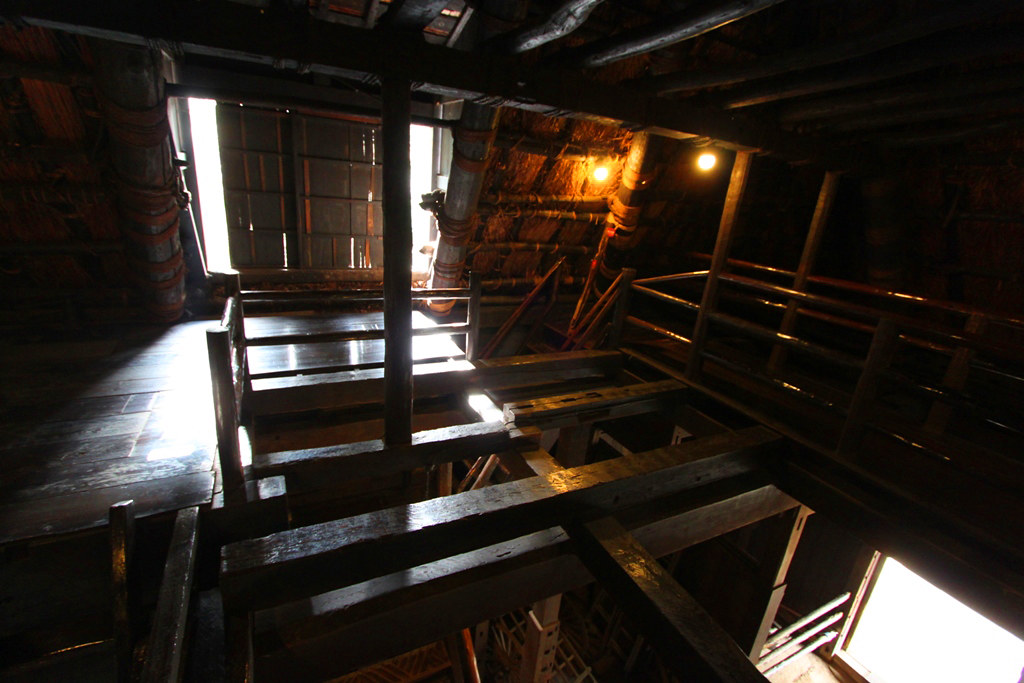
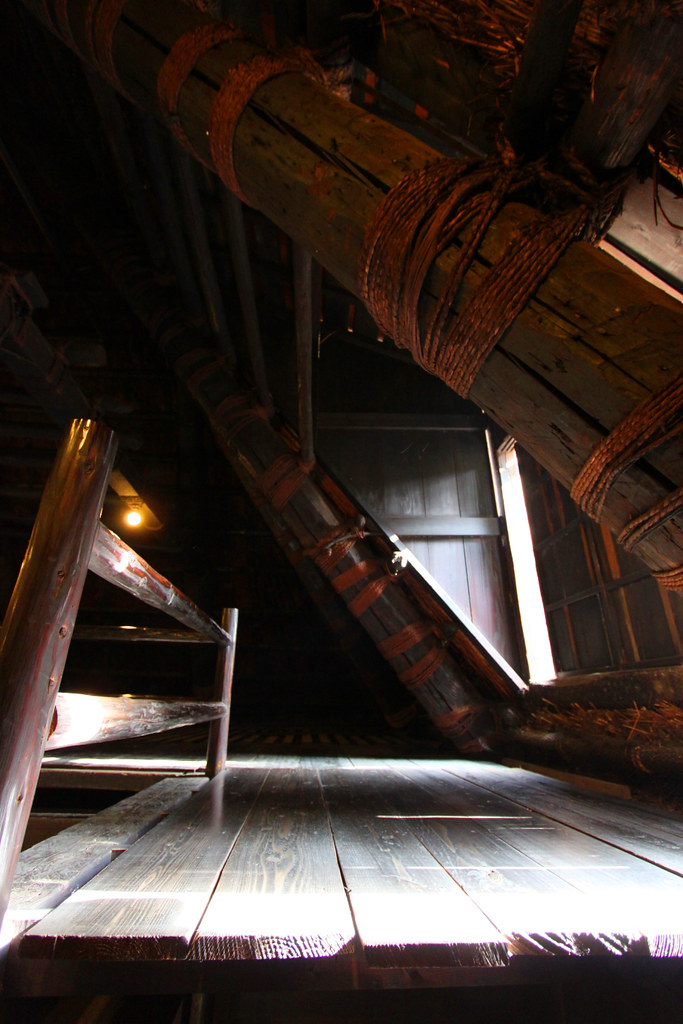


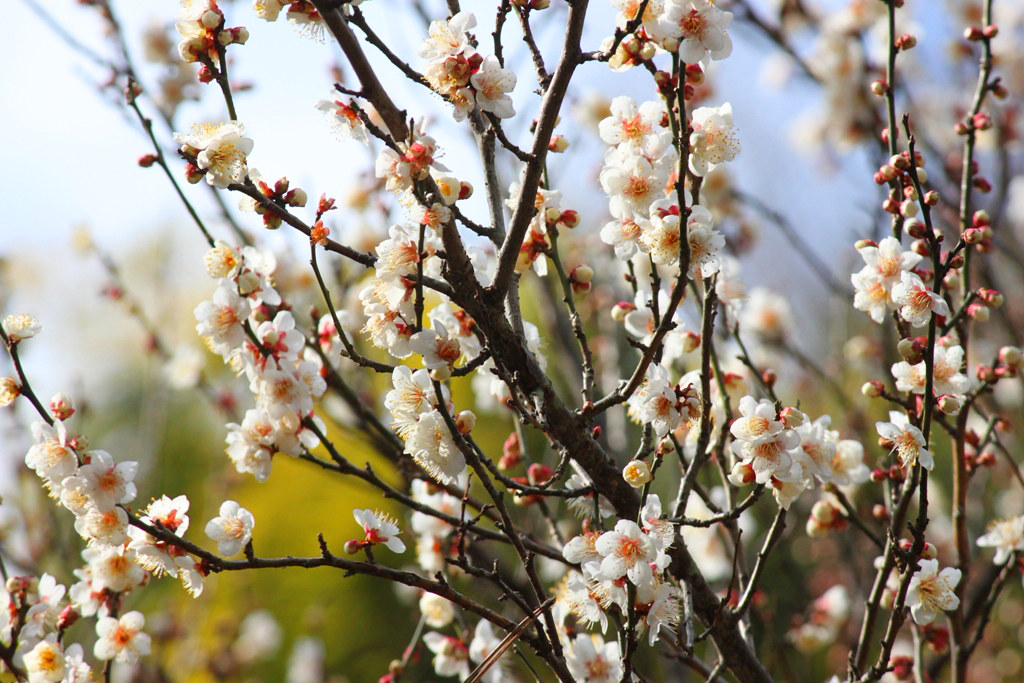
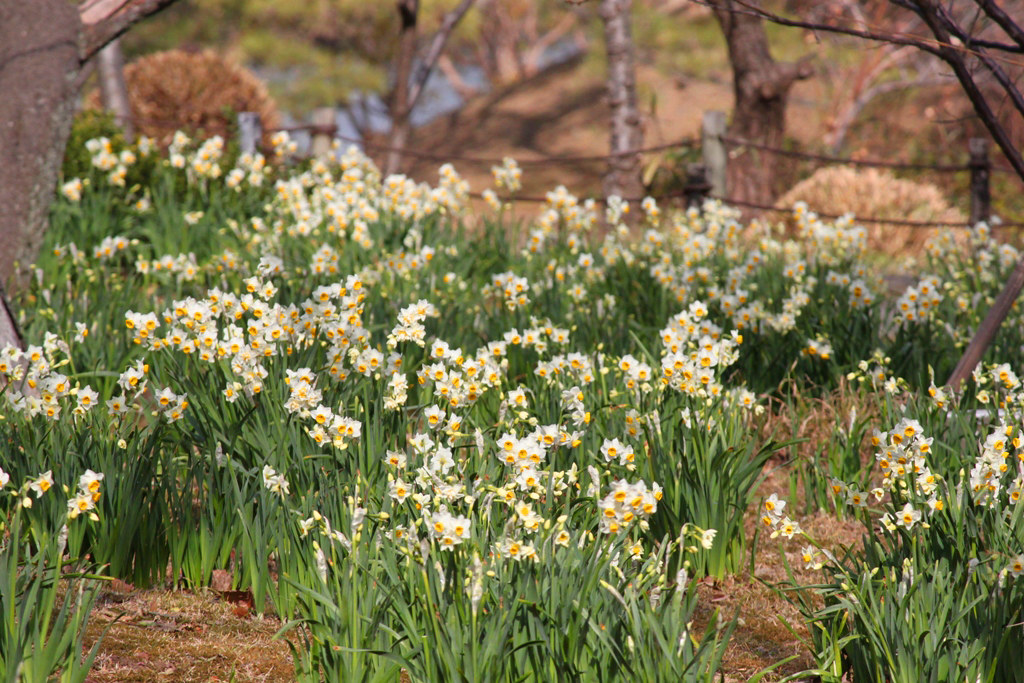
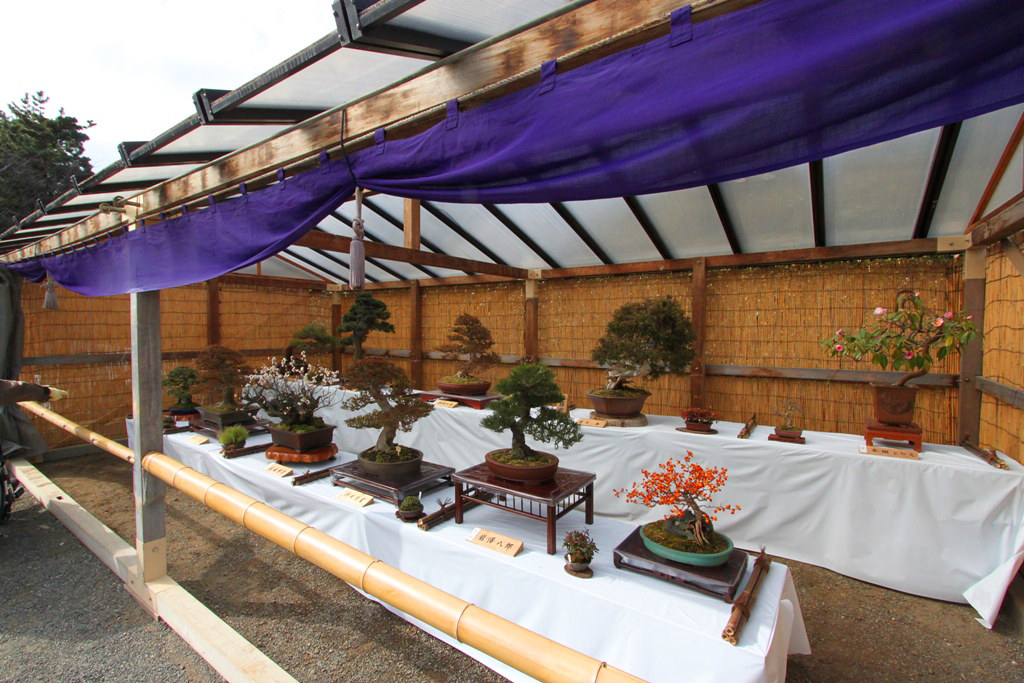











3 Comments
2жЬИ 6th, 2011 at 2:29 PM
гБНгВМгБДгБІгБЩгБ≠гАВгАВ
2жЬИ 8th, 2011 at 2:45 AM
It looks sooooooo peaceful!!
2жЬИ 8th, 2011 at 9:12 AM
>OnlyInJapan.org
Thank you!
Leave a Reply